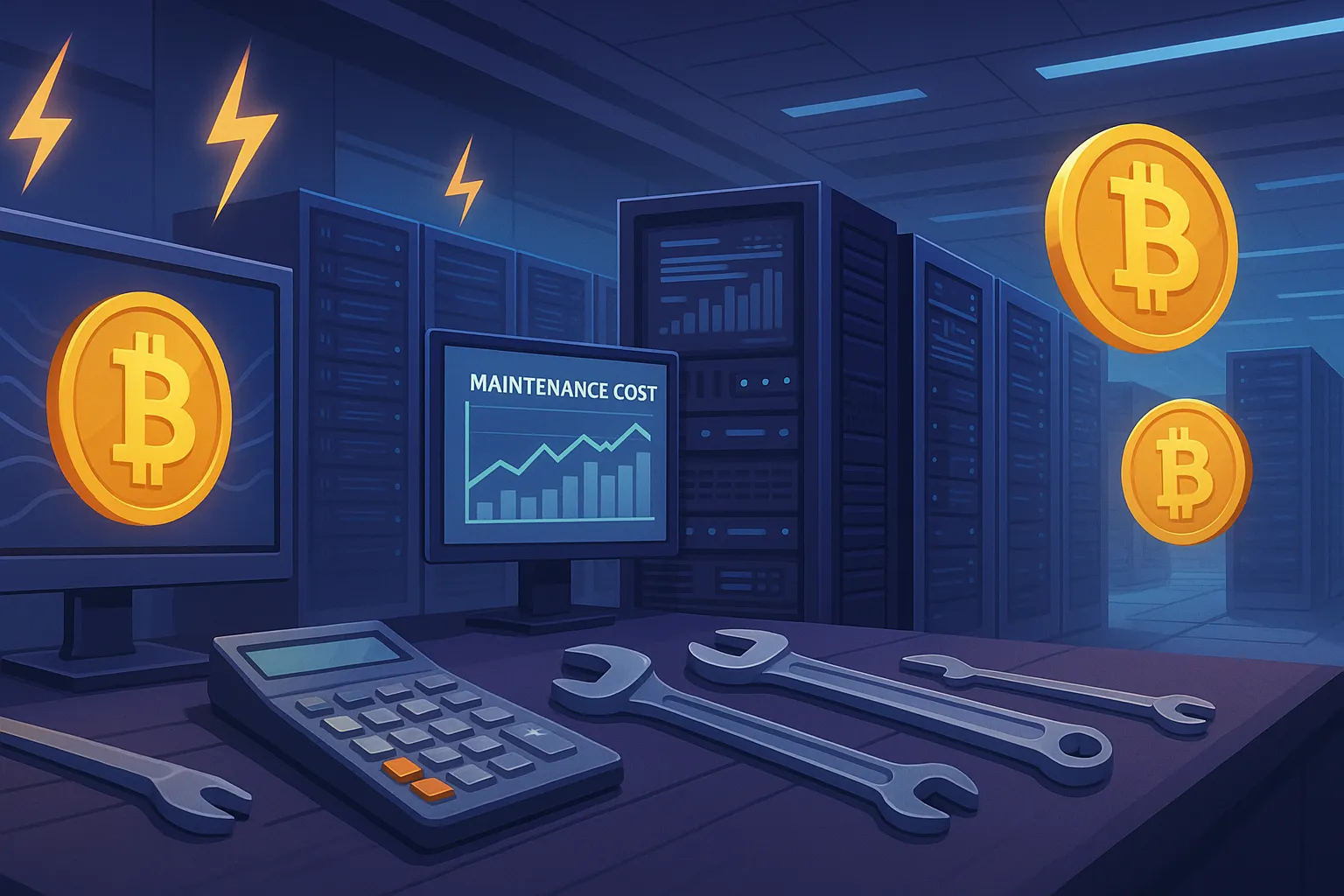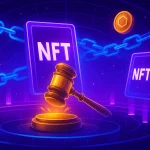Are Genesis Mining Contracts Expensive to Maintain?
Are Genesis Expensive to Maintain?
Having a Genesis cloud-mining contract comes with a number of expenses—maintenance fees, electricity expenses that are built in, hardware depreciation, and pool commissions. Despite Genesis providing a plug-and-play mining operation, these expenses will total 20–30% of your gross revenue. We break down each item below, guide you through calculating your actual monthly expenses, and compare Genesis with competing platforms.
1. Understanding Genesis Mining Maintenance Fees
Genesis pricing is a flat monthly maintenance fee per terahash (TH) of hashpower. This fee includes data-center overhead: cooling, rack space, and tech support. Typical prices are 0.0025 BTC/TH/month on Bitcoin and 0.0008 ETH/MH/month on Ethereum; the lower pricing tiers have promotional offers, and large volumes bring a discount.
- Flat vs. Tiered Pricing: Bonus introductory packages have lower prices.
- Dynamic Adjustments: pricing is subject to adjustments based on electricity and regional regulatory pricing.
Takeaway: Just in maintenance, 15–25% of gross Bitcoin mining revenue gets spent.
2. Electricity & Infrastructure Costs
While allude to under maintenance, break down the power expenses embedded within them into useful ROI modeling:
- Power Draw per TH: ~30 W/TH for Bitcoin ASICs.
- Wholesale Rate: €0.03–€0.05 per kWh in major hubs.
- Reverse-Engineered Cost: A 0.0025 BTC/TH fee at €50 k/BTC puts electricity at €15–€20/month.
Viewing electricity as a “buried” line item allows you to consider Genesis’s flat rate in relation to self-hosting or itemized competitors.
3. Hardware Depreciation and Pool Commissions
Two additional cost drivers:
- Depreciation: ASIC efficiency decreases roughly 30% annually, or roughly 0.0001 BTC/TH/month as a “virtual fee.”
- Pool Commission: Typically 1–2% of block rewards via Genesis’s suggested pools.
Combined, these will nibble an extra 5–10% of miner’s revenue
4. Step-by-Step Maintenance Cost Calculation
Use this formula for true monthly cost:
Total Cost (€) =
(Maintenance Fee per TH × TH × BTC Price) +
(Embedded Power Cost) +
(Depreciation “Fee”) +
(Pool Commission % × Gross Rewards)
- Fetch live BTC price and network difficulty via API.
- Input your hashpower (e.g., 50 TH).
- Calculate maintenance: 50 TH×0.0025 BTC=0.125 BTC → at €50 k/BTC = €6 250.
- Estimate power & depreciation: ~€1 000 + €500.
- Pool cut on €10 000 gross at 1.5% = €150.
- Total: €6 250 + €1 000 + €500 + €150 = €7 900/month.
Adapt these variables or embed into a maintenance cost calculator on your site.
5. Tips to Reduce Genesis Maintenance Expenses
- Lock in Intro Rates: Buy during promotions for lower flat fees.
- Volume Discounts: Consolidate contracts to reach breaks.
- Off-Peak Regions: Choose data-centers with cheaper embedded power.
- Harvest Strategically: Automate transfers when rewards exceed fee levels.
- Monitor Congestion: Pause contracts when maintenance eclipses rewards during network spikes.
6. Comparing Genesis to Other Cloud-Mining Services
| Provider | Maintenance Fee (BTC/TH) | Pool Commission | Notable Perk |
|---|---|---|---|
| Genesis | 0.0025 | 1.5% | Fixed fee, global data-centers |
| HashNest | 0.0030 | 2% | Tiered bulk discounts |
| NiceHash Rental | Dynamic (spot) | 10% | Flexible rental, no lock-in |
| MinerGate Cloud | 0.0028 | 1% | Lower pool fees, limited regions |
7. Conclusion: Is Genesis Worth the Maintenance?
Genesis maintenance represents 20–30% of mining revenue when you consider fees, power, depreciation, and commissions. For investors who run hands-off operations without on-site infrastructure, predictability and managed operations are sufficient to justify the margin. If you have sub-€0.03/kWh power or enjoy handling ASICs yourself, self-hosting or spot rentals may be more appropriate.
8. Frequently Asked Questions
What are the fees Genesis charges?
Genesis charges a monthly maintenance fee for each terahash of hashpower to cover data-center overhead including cooling, rack space, and support. Prices differ depending on the contract type as well as region.
How do I project my electricity expenditure?
Estimate power by taking your hashpower (TH) and multiplying by the wattage per TH of the ASIC (e.g. 30 W/TH), then multiply by your kWh rate. Alternatively, you can reverse-engineer it from the included flat maintenance fee if it’s embedded.
Can I reduce my maintenance cost?
Yes—lock in promotional rates, stack volume discounts, choose off-peak regions, and automate reward harvesting to optimize your net costs.




